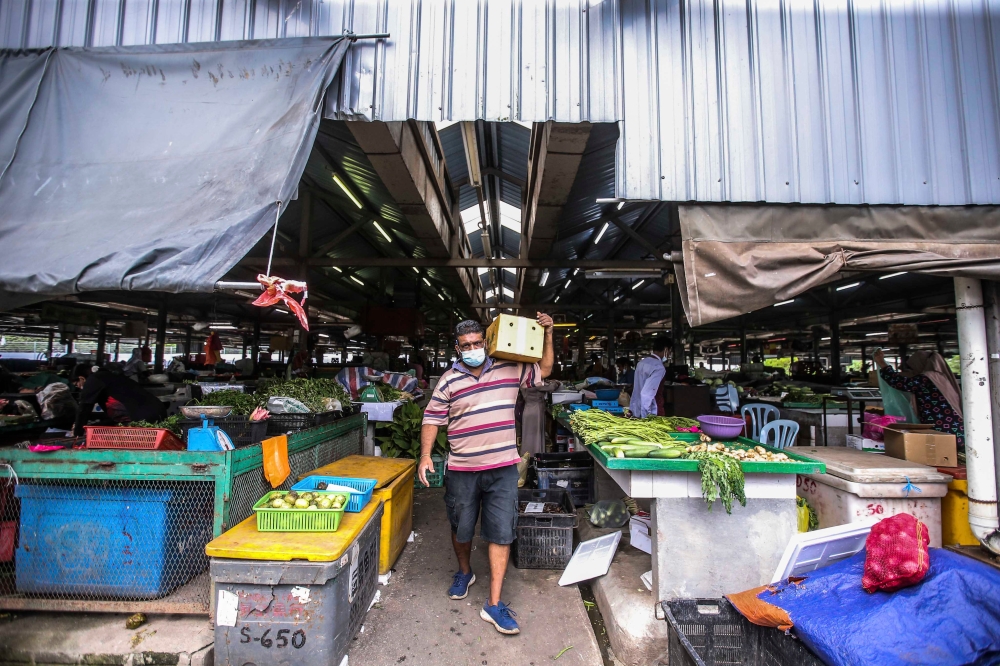On July 2, 2024, the government announced in Parliament a new indicator to measure the cost of living in Malaysia that will be introduced by November 2024.
Why was this done?
- A new indicator is needed to measure cost of living, instead of the Consumer Price Index (CPI) that measures inflation.
- The CPI only measures the changes in price, and is influenced by the supply and demand for goods and services.
- The new indicator — which will measure the cost of living based on each district — will now complement the CPI.
- This is a continuation of a proposal made during Pakatan Harapan’s short-lived 2018 administration.
How is it different and what is new?
According to Prime Minister Datuk Seri Anwar Ibrahim’s written parliamentary reply, the new indicator collectively provides an overview of the total expenditure required by households to meet the necessities of life.
This includes items like:
- food and beverages
- clothing
- rental/mortgages
- fuel
- public transport fares
- education fees
- fees for mobile phones and other communication devices
Besides location, this indicator will also take into account each consumer's:
- household size
- source of income
- spending patterns
- lifestyles
- demographics such as gender, age, ethnicity and disability

How does it work?
The new index would be based on the Poverty Line Income Modified developed by the International Labour Organisation in 2021.
The calculation looks at household expenditure according to these 12 groups of goods and services:
- Food and non-alcoholic beverages
- Clothes and shoes
- Housing, water, electricity, gas and fuel
- Decoration, hardware and household maintenance
- Health
- Transportation
- Information and communication
- Recreation, sports and culture
- Educational services
- Restaurant and accommodation services
- Insurance and financial services
- Self care, social protection and various goods and services
For this, food expenditure is calculated based on an optimal intake according to the Nutrient Intake Recommendation, the Malaysian Diet Guide 2020 and the Food Pyramid 2020. Food spending also includes ready-cooked meals bought for the household.
It will also include: how much people are likely to spend from additional income, a map showing cost variances across districts, and in-depth studies on the spending habits and lifestyles of each household.
When was this first proposed?
In March 2019, then-finance minister Lim Guan Eng said the Dr Mahathir administration had proposed an index to accurately measure the cost of living to assist employers in determining the right salary increase.
“What is intended will not be achieved if we still use CPI as a reference point to determine the amount of salary hike,” he said.
“I have brought this matter to Bank Negara Malaysia. Maybe the EPF (Employees Provident Fund) can do the same because at least there are two models for we to compare the indexes to accurately measure the cost of living.”
The domestic trade and consumer affairs minister at the time, Datuk Seri Saifuddin Nasution Ismail (now home minister), then said his ministry was confident the new index would reduce the people’s cost of living, especially in the context of the price of goods.
“All these while, [the government] have relied on the CPI or inflation index. For example, the CPI or inflation index can be very low, but then it might not be felt by the people in real life.
“So, [the government] feel that the new index is a necessity to be made the new guideline that will paint a true picture of what is happening.”



















